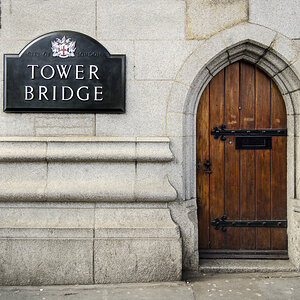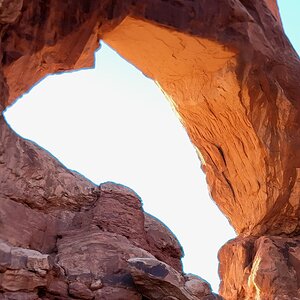BQ22
TPF Noob!
- Joined
- Nov 2, 2016
- Messages
- 22
- Reaction score
- 0
- Can others edit my Photos
- Photos OK to edit
So I took my daughter to the park and was taking pictures. I have prime lenses 24,50,85 and found i may want a zoom lens. I have a kit lens but didn't bother, just switched between 24 and 50. My question is.....Is the tamron 28-75mm 2.8 a good lens for APS-C sensor? I'm looking for a zoom lens that won't break the bank. Would a 17-50 2.8 be more practical since it's wider on the APS-C? Any advise or direction would be appreciated.


 20160124-_MG_3483
20160124-_MG_3483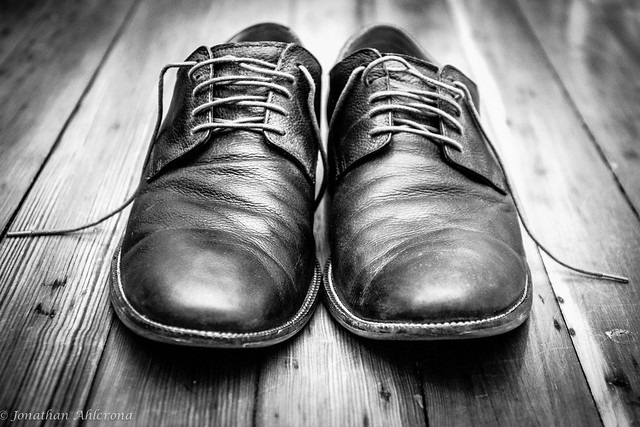 day 9 bw
day 9 bw 20160105-_MG_2975
20160105-_MG_2975![[No title]](/data/xfmg/thumbnail/42/42268-15c1c02cec1d71208987fc7c7ec7784c.jpg?1619740077)
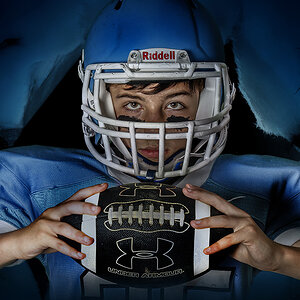
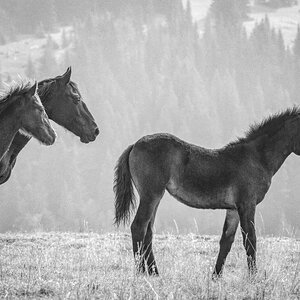
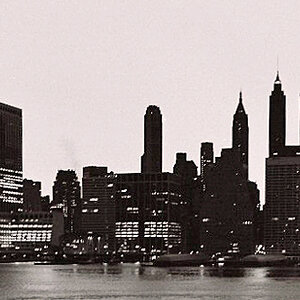

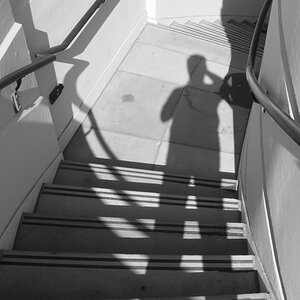
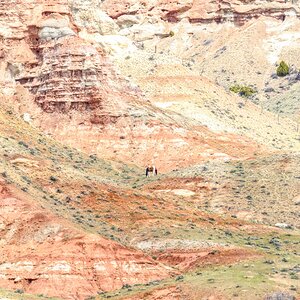
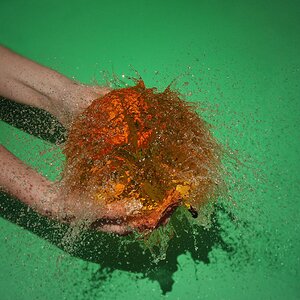
![[No title]](/data/xfmg/thumbnail/39/39460-55f4d48e22a9710f377f2a3dee45992e.jpg?1619739039)
